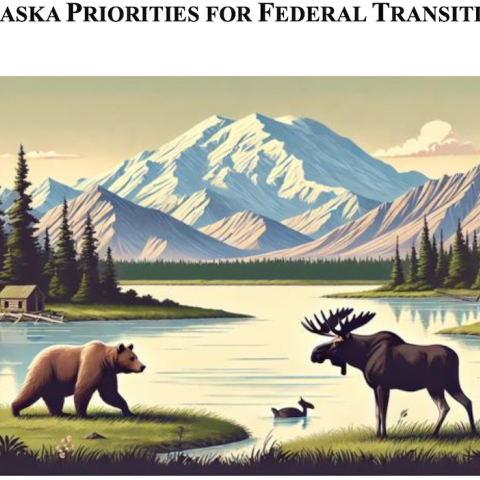A small number of regulatory changes have been proposed for national parks in Alaska, from restrictions on tripods at the Brooks Falls platform in Katmai National Park to some food storage restrictions at Lake Clark National Park and Preserve.
The changes, contained in National Park Service compendiums for Alaska, will be open for public comment through February 15. A compendium – one for each NPS area in Alaska – is a compilation of all designations, closures, and restrictions adopted under the discretionary authority within the regulations covering national parks. This regulatory tool helps manage Alaska's national park areas for the public’s enjoyment, use, and protection.
A handful of changes are proposed for this year. They include, but are not limited to:
- Katmai National Park proposes to restrict the use of tripods and rail-mounted fixtures on the Brooks Falls platform due to limited space. Monopods and tripods in a collapsed configuration would be authorized. Due to increased visitation, the wait times and demand for viewing space on the elevated walkways and platforms at Brooks Camp has increased. The Brooks Fall platform is especially in demand as it overlooks the falls and affords outstanding opportunities to watch bears fishing and interacting with other bears. This change seeks to equitably allocate space among visitors.
- Kenai Fjords National Park proposes to implement a closure to highway vehicles on Exit Glacier Road, with exceptions for holders of a permit, when the State of Alaska closes or barricades Exit Glacier Road outside the park boundary. The reason for this restriction is to match the state winter closure. The state closes the road in winter when highway vehicles can no longer safely travel the road.
- Lake Clark National Park and Preserve proposes to adopt food storage restrictions at Kontrashibuna Lake and Tazimina Lake due to increased visitation. The proposed change seeks to minimize the potential for bear-human conflicts in these areas. The park also proposes to expand the camping closure at the Richard L. Proenneke Site on Twin Lakes. The area, which is on the National Register of Historic Places, would include the surrounding area and three NPS administrative use structures.
The proposed changes and instructions on how to comment are online at this site. A written copy may be requested directly from a park or the National Park Service, 240 W. Fifth Ave., Anchorage, AK 99501, Attn: Compendium.



 Support Essential Coverage of Essential Places
Support Essential Coverage of Essential Places






